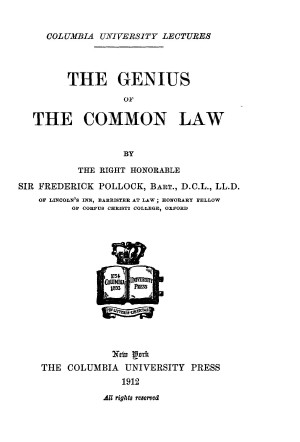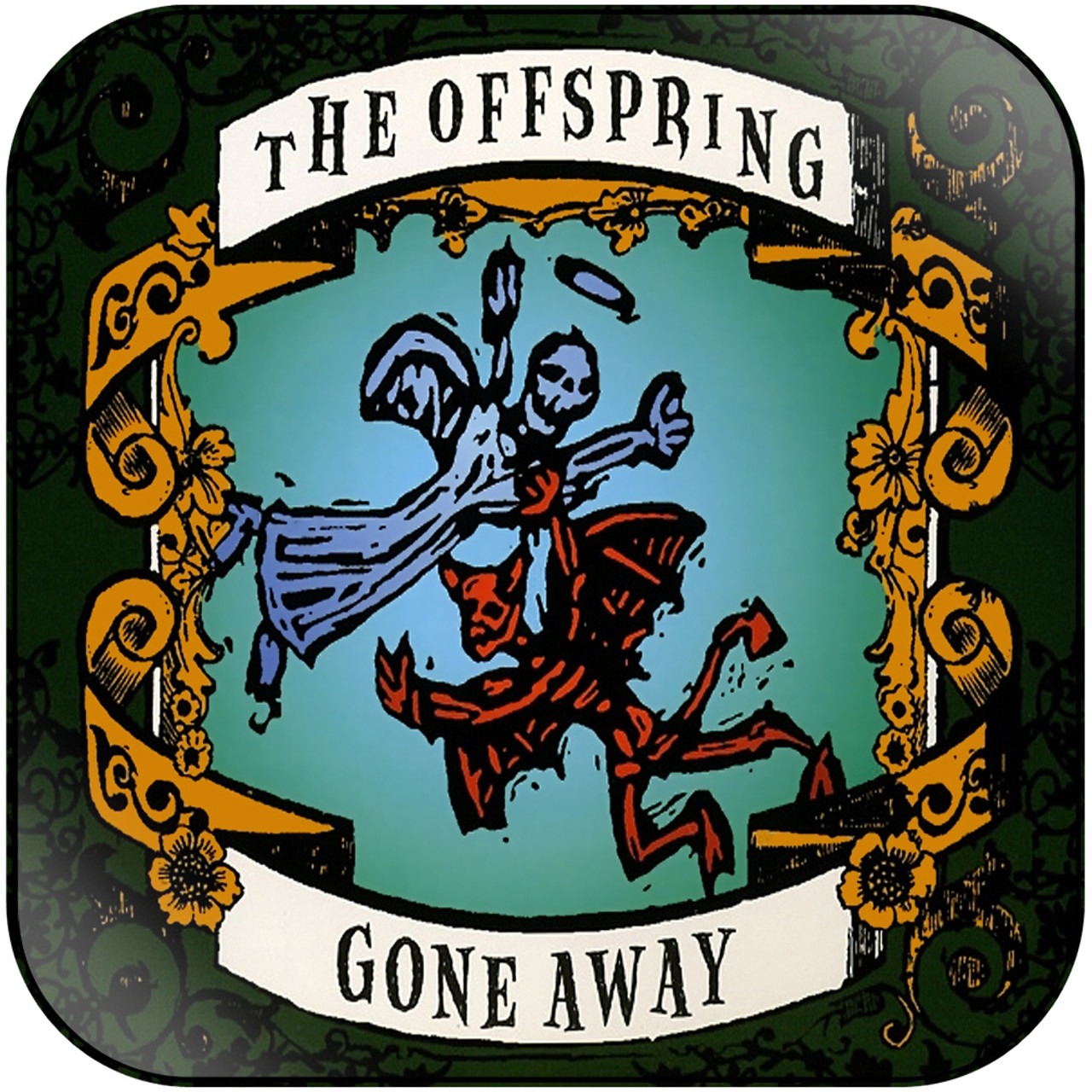
Their wild relative, the wild cavy ( Cavia aperea) still is one of the most common and widespread rodents of South America. In the 16 th century domestic guinea pigs were brought to Europe where they were subjected to further selective breeding leading to the common domestic form that is nowadays used as pets and laboratory animals.

porcellus) were domesticated at least 4.500 years ago in the highlands of South America providing the Indians with meat and sacrificial animals. Contrary, there is evidence for some domestic species to out-compete their wild ancestral forms especially in tasks comprising social skills. However, although it is a common believe that domestication reduces the cognitive abilities of a species, experimental evidence supporting this theory is scarce. Although it is disputable whether or not, and to what extend, brain size matters, the reduction of relative brain size during domestication is often thought to be reflected in a reduction of functional capacities. Noteworthy, comparable allometric dependencies between body- and brain weight are true within groups of wild ancestral species as well as for their domestic forms, thus the reduced brain size of domestic animals is not the result of an increased body weight. This reduction has been found in all investigated species with the exception of Mus musculus. A general phenomenon of domestication is a reduction in brain size. Regardless of the amount of change, domestication led to intraspecific changes only but did not bring about the origin of a new species. Many domesticated species differ very conspicuously from their ancestors (e.g., poodles from wolves) but others may not (e.g., wild from domestic rats).

The amount of changes in morphology, physiology, and behaviour may depend upon different adaptations to captivity as well as upon the motivations and purposes the domesticated species was segregated from its origin population and bred for.

The process of domestication led to significant changes of characteristics that are still to be found in the wild ancestral species. Therefore wild cavies as well as domestic guinea pigs of both sexes, aged 35 to 45 days, were tested in the Morris water maze to investigate their ability of spatial learning. We expected that the two forms are different regarding their learning performance possibly related to the process of domestication. In our study we compared the spatial learning abilities of wild and domestic guinea pigs. Indeed, domestic animals might also even outperform their wild conspecifics taking advantage of their adaptation to a man-made environment. However, the common belief, that such a reduction of brain size in the course of domestication of different species is accomplished by less learning capabilities is not at all very well established in the literature. In this regard, one striking domestic trait is a reduction in relative brain size, which in the domesticated form of the guinea pig amounts to 13%. Even less is known about learning and memory of wild cavies. Although domestic guinea pigs are widely used as a laboratory animal, learning and memory capabilities are often disregarded as being very scarce.

porcellus), starting at least 4500 years ago, led to changes in the anatomy, physiology, and behaviour compared with their wild relative, the wild cavy, Cavia aperea. The process of domestication of the domestic guinea pig ( Cavia aperea f. Domestic animals and their wild relatives differ in a wide variety of aspects.


 0 kommentar(er)
0 kommentar(er)
